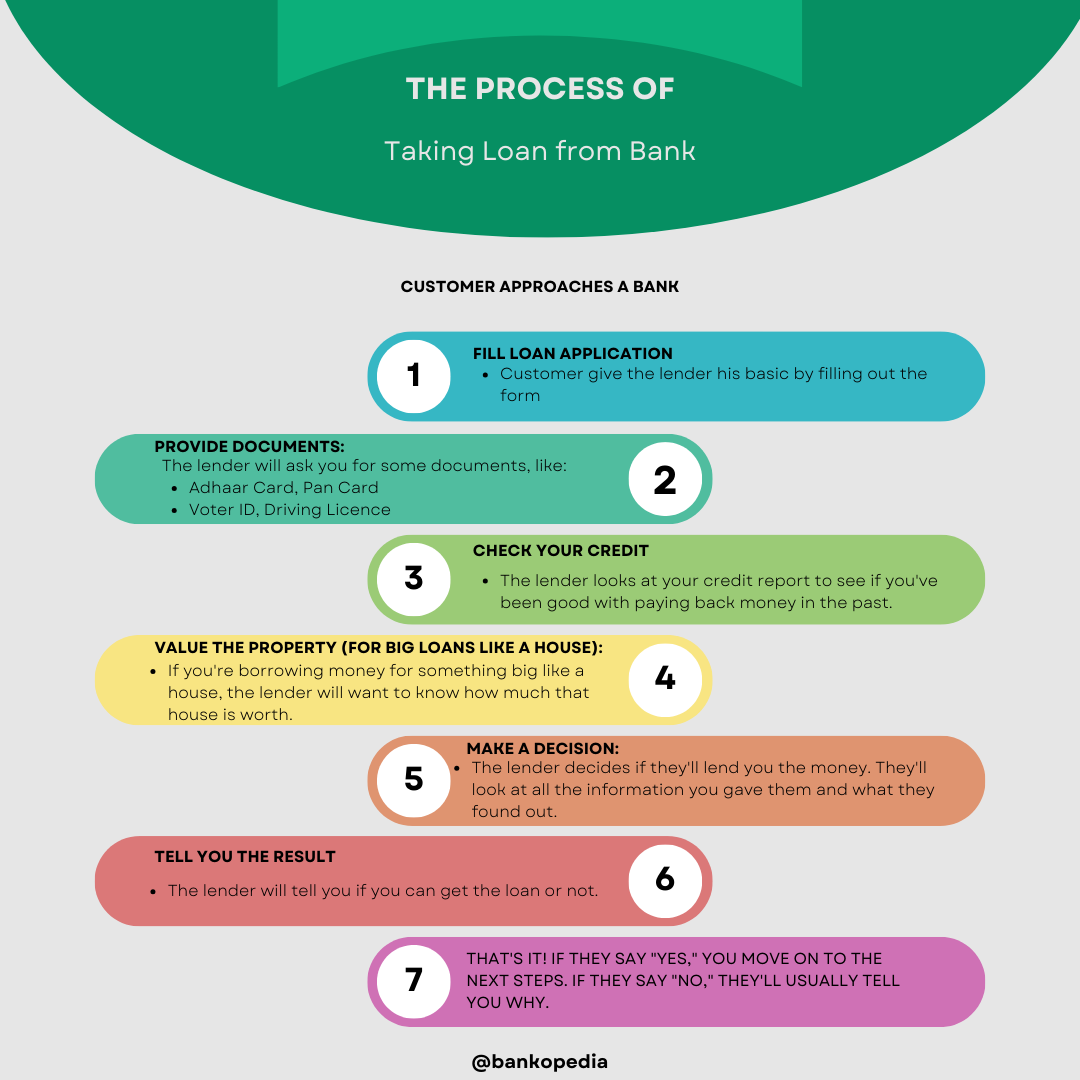The Securitization and Reconstruction of Financial Assets and Enforcement of Security Interest Act, 2002 (SARFAESI Act 2002) is a comprehensive piece of legislation that has been enacted to provide a legal framework for the securitization of financial assets and enforcement of security interests. The Act provides for the creation of asset reconstruction companies (ARCs) and lays down the process for the sale and purchase of non-performing assets (NPAs) by banks and financial institutions. In this article, we will discuss the key provisions of the SARFAESI Act 2002, the rights and obligations of borrowers and lenders under the Act, the process of enforcement of security, and the implications of the Act for borrowers and lenders.

Introduction to the SARFAESI Act 2002
The SARFAESI Act 2002 was enacted by the Indian Parliament to facilitate the securitization of financial assets and enforcement of security interests. The Act provides for the creation of asset reconstruction companies (ARCs) and lays down the process for the sale and purchase of non-performing assets (NPAs) by banks and financial institutions. The Act also provides for the enforcement of security interests by banks and financial institutions in case of default by borrowers.
Key provisions of the SARFAESI Act 2002
The SARFAESI Act 2002 provides for the creation of asset reconstruction companies (ARCs) and lays down the process for the sale and purchase of non-performing assets (NPAs) by banks and financial institutions. The Act also provides for the enforcement of security interests by banks and financial institutions in case of default by borrowers. The key provisions of the Act are as follows:
- The Act applies to all banks and financial institutions that have granted loans and advances to borrowers.
- The Act provides for the creation of asset reconstruction companies (ARCs) for the securitization of financial assets and the management of non-performing assets (NPAs).
- The Act lays down the process for the sale and purchase of non-performing assets (NPAs) by banks and financial institutions.
- The Act provides for the enforcement of security interests by banks and financial institutions in case of default by borrowers.
Rights and obligations of lenders under the SARFAESI Act 2002
The SARFAESI Act 2002 provides for the enforcement of security interests by banks and financial institutions in case of default by borrowers. The Act also provides for certain rights and obligations of lenders. The key rights and obligations of lenders under the Act are as follows:
- The lender has the right to enforce the security interests in case of default by the borrower.
- The lender has the right to take possession of the property in case of default by the borrower.
- The lender has the obligation to issue a notice to the borrower before the enforcement of security interests.
- The lender has the obligation to maintain the value of the property after taking possession.
Process of enforcement of security under the SARFAESI Act 2002
The SARFAESI Act 2002 provides for the enforcement of security interests by banks and financial institutions in case of default by borrowers. The process of enforcement of security is as follows:
- The lender issues a notice to the borrower before the enforcement of security interests.
- The borrower has the right to make a representation to the lender against the enforcement of security interests.
- The lender takes possession of the property in case of default by the borrower.
- The lender sells the property in case of default by the borrower.
Implications of the SARFAESI Act 2002 for borrowers and lenders
The SARFAESI Act 2002 has several implications for borrowers and lenders. The key implications of the Act are as follows:
- The Act provides for the creation of asset reconstruction companies (ARCs) for the securitization of financial assets and the management of non-performing assets (NPAs).
- The Act provides for the enforcement of security interests by banks and financial institutions in case of default by borrowers.
- The Act provides for the sale and purchase of non-performing assets (NPAs) by banks and financial institutions.
Challenges and limitations of the SARFAESI Act 2002
The SARFAESI Act 2002 has faced several challenges and limitations in its implementation. Some of the key challenges and limitations of the Act are as follows:
- The Act has been criticized for being biased towards the banks and financial institutions.
- The Act has been criticized for not providing adequate protection to the borrowers.
- The process of enforcement of security interests under the Act is time-consuming and expensive.
Important court judgments related to the SARFAESI Act 2002
There have been several important court judgments related to the SARFAESI Act 2002. Some of the key court judgments are as follows:
- The Supreme Court has held that the SARFAESI Act 2002 does not violate the fundamental rights of borrowers.
- The Supreme Court has held that the borrower has the right to approach the Debt Recovery Tribunal (DRT) against the enforcement of security interests.
- The Supreme Court has held that the bank or financial institution has the obligation to follow the due process of law before the enforcement of security interests.
Rights and obligations of borrowers under the SARFAESI Act 2002
The SARFAESI Act 2002 provides for the enforcement of security interests by banks and financial institutions in case of default by borrowers. However, the Act also provides for certain rights and obligations of borrowers. The key rights and obligations of borrowers under the Act are as follows:
- The borrower has the right to receive a notice from the bank or financial institution before the enforcement of security interests.
- The borrower has the right to make a representation to the bank or financial institution against the enforcement of security interests.
- The borrower has the right to inspect the documents related to the loan and security interests.
- The borrower has the obligation to repay the loan amount and interest to the bank or financial institution.
How to protect your rights as a borrower under the SARFAESI Act 2002
As a borrower, you can protect your rights under the SARFAESI Act 2002 by following the process laid down under the Act. Some of the key steps that you can take to protect your rights as a borrower are as follows:
- Respond to the notice issued by the bank or financial institution.
- Make a representation to the bank or financial institution against the enforcement of security interests.
- Approach the Debt Recovery Tribunal (DRT) against the enforcement of security interests.
Conclusion
The SARFAESI Act 2002 is a comprehensive piece of legislation that has been enacted to provide a legal framework for the securitization of financial assets and enforcement of security interests. The Act has several implications for borrowers and lenders. While the Act has faced several challenges and limitations in its implementation, it has also been upheld by the courts. As a borrower, it is important to understand your rights and obligations under the Act and take steps to protect your interests.










